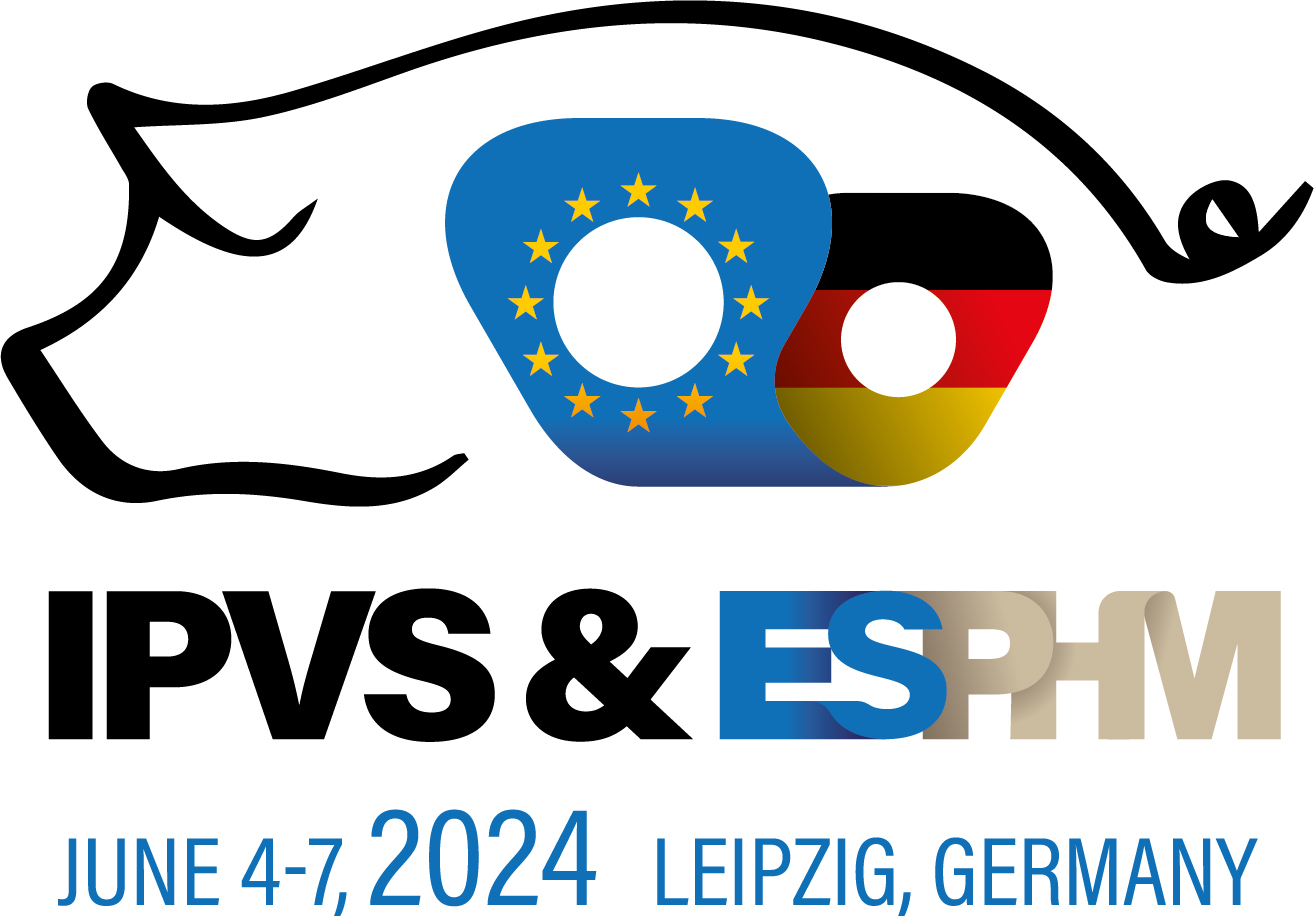
Mr. Thomas Sønderby Bruun
SEGES Innovation
Denmark
Biosketch
Thomas completed his MSc in Animal Science at University of Copenhagen, Denmark, in 2005. Throughout his education, focus was pig nutrition and physiology as well as applied reproduction. From 2005 to 2010, he worked as a pig production consultant where his main focus included sow nutrition and diet formulation, on applied sow reproduction and how to use feed in practice as well as optimizing management protocols in the service and farrowing units. Since 2010, he has been working at SEGES Innovation where his research has focused on sow and gilt nutrition. He has also been involved in transferring knowledge from research and innovation to farmers – and thereby participating in implementation of best practice on Danish farms. Thomas’ main areas of research include amino acid and energy requirements of hyper-prolific lactating sows, milk production, stomach health and feeding of rearing gilts with focus on both bone development, litter size and longevity. Several research studies have been conducted in co-operation with University of Copenhagen and Aarhus University, and also include co-supervision of several PhD students.
Abstract
Management and future of hyper-prolific sows
The use of hyper-prolific sows increases the economical potential at farm level due to a higher litter size and increased nursing capacity. Management to ensure sufficient colostrum intake, equal and uniform litters and the use of specific nurse sow strategies becomes of great importance with increasing litter size. Furthermore, correct feeding management during the entire reproductive cycle will affect sow body weight development, and thus reduce the proportion of sows having locomotor problems caused by excess weight. At the same time striving for the optimal weight and body condition at first service in gilts and optimal backfat thickness at each farrowing makes feed composition and feed allowance increasingly important for both gilts and sows. Innovative feeding systems can facilitate the implementation of precision- and phase feeding strategies that may support the hyper-prolific sow better than the simplest solutions. With continuous genetic selection the hyper-prolific sows are constantly improved making the demand for improved management and feeding strategies even more pivotal. This presentation will provide an outline of strategies in terms of both management, feed composition and number of diets for modern commercial sow herds.
